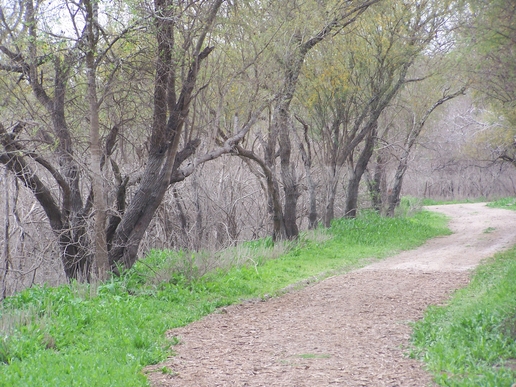by Joseph and Nellie Kowalski
Back in July 2010, weather experts with the National Weather Service posed the question, “How can there be a flood coming when there’s not a cloud in the sky?” Hurricane Alex of 2010 came ashore in early July in northeastern Mexico, about 100 miles (180 km) south of the Rio Grande Valley. The outer-most rain bands made their way into south Texas where they deposited seven to 18 centimeters (three to seven inches) of precipitation. For the most part, the Rio Grande Valley avoided much damage from this Category 2 storm compared to cities upstream. Few immediately noticed what Hurricane Alex had in store for us.
What was not yet apparent was that the mountains and basins of the Rio Grande/Rio Bravo drainage basin were collecting 25 to 55 cm (10 to 20 inches) of stormwater. That water needed to go somewhere. In Mexico, reservoirs, like the Marte Gomez Presa, filled to capacity. To prevent damage to the dam, water was released and flowed to Texas. It took a couple of days, but the stormwater made its way to the Rio Grande/Rio Bravo. Once there, cities like Laredo experienced flooding. It wasn’t long before the need to release excess water across Amistad and Falcon Dams increased downstream flooding. Stormwater kept coming downstream and was then diverted to the flood control channels of the North Floodway and Arroyo Colorado levee drainage system from Mission/McAllen.

Hurricane Alex flooded inland sites like Bentsen-Rio Grande Valley State Park and Santa Ana National Wildlife Refuge resulting in habitat loss. Bathtub ring-like markers left on trees at Santa Ana showed several feet to which the water rose during peak flood. Many areas in each park were covered with water for weeks. Some areas have not yet recovered. Nutrients, like nitrogen and phosphorous, were washed downstream. These enriched the stormwater discharge that fed phytoplankton communities causing blooms that choked the water of light and oxygen. Lack of oxygen suffocated the more susceptible fish populations.
Perhaps the greatest impact from that stormwater disturbance resulted in the loss of seagrasses in the Laguna Madre after continuous exposure to freshwater (zero salinity) for more than two months after the storm struck northeastern Mexico.

The five seagrass species found in the Laguna Madre, a normally saltwater bay, were all affected, including widgeon grass (Ruppiamaritima) and shoal grass (Halodule wrightii), both small grasses with narrow, flat leaves. The zero salinity stress on seagrass also caused a die-off of 58 percent of turtle grass (Thalassia testudinum) and 74 percent of manatee grass (Syringodium filiforme); the former producing a wider flat blade, the latter distinguished by rounded leaves. Clover grass (Halophila engelmannii) was also affected. These five seagrasses, the cornerstone of the photosynthetic food pyramid, are critically important to the health of the Laguna Madre.
The extent of losses and gains of seagrasses in the Laguna Madre exposed to freshwater from Hurricane Alex (2010). Values closer to +1 indicate gain of seagrass, 0 (zero) no change, and values closer to -1 are loss.
Several factors contributed to what we experienced when Hurricane Alex came ashore: the direct hit to Mexico instead of the United States, the topography of the watershed where stormwater initially collected, and finally, the enormous discharge that flowed to the salty Laguna Madre estuary. These events quickly and substantially changed the ecology of our inland parks and refuges and the Laguna Madre for several years to come. All that without a cloud in the sky.